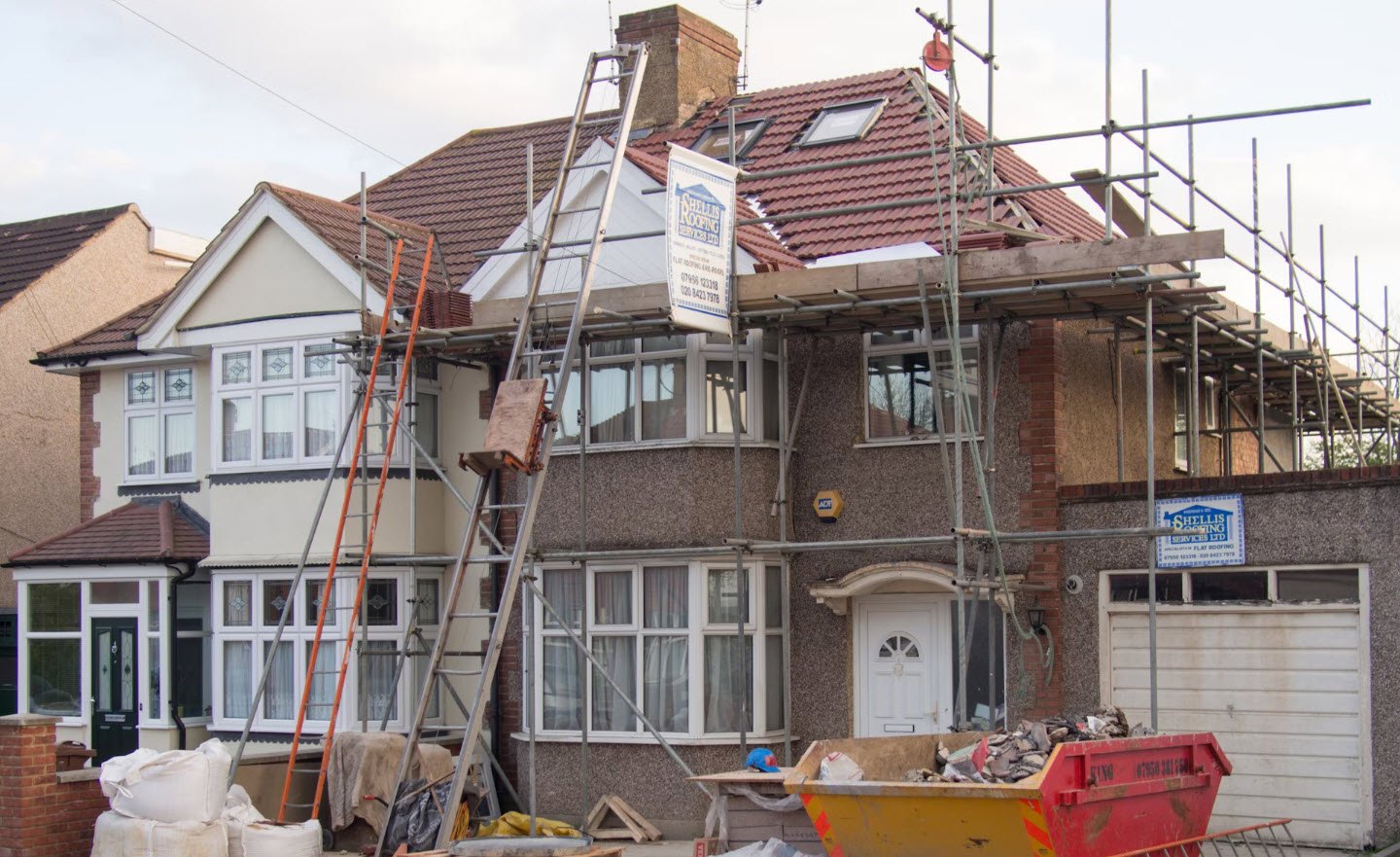
Buying a house is a significant milestone and a complex process that requires careful consideration and planning. From determining your budget to closing the deal, each step plays a crucial role in ensuring a successful and satisfying home purchase.
In this article, we’ll explore the seven essential steps to guide you through the journey of buying a house.
- Calculate Your Budget
- Find a Property to Buy
- Visit Properties
- Make an Offer
- Start the Sale
- Exchange Contracts
- Sale Completed
1. Calculate Your Budget
Before diving into the real estate market, it’s crucial to determine your budget. Consider your financial situation, including your income, savings, and any existing debts. Factor in additional costs such as property taxes, insurance, and maintenance.
Knowing your budget will help you narrow down your options and avoid wasting time on properties that are beyond your financial reach.
2. Find a Property to Buy
Once you’ve established your budget, start searching for properties that align with your needs and preferences. Explore online listings, work with a real estate agent, and attend open houses to get a feel for the local market.
Consider the neighborhood, amenities, and proximity to schools and workplaces when evaluating potential properties.
3. Visit Properties
Take the time to visit the properties that catch your interest. Attend open houses or schedule private viewings to assess the condition of the house, the neighborhood, and any potential issues. Pay attention to details like the layout, structural integrity, and overall maintenance.
This step allows you to make informed decisions and ensures that the property meets your expectations.
4. Make an Offer
Once you’ve found the right property, it’s time to make an offer. Work with your real estate agent to determine a competitive yet reasonable offer based on market conditions and comparable sales in the area.
Be prepared for negotiations, and consider including contingencies, such as a home inspection, to protect your interests during the buying process.
5. Start the Sale
Upon reaching an agreement with the seller, the sale process officially begins. You’ll need to secure financing by working with a mortgage lender and provide the necessary documentation for the loan application.
The lender will conduct an appraisal to assess the property’s value, and a home inspection will identify any potential issues that may require attention.
6. Exchange Contracts
Once financing is in place, and both parties have met the agreed-upon conditions, the next step is to exchange contracts. This legally binding document outlines the terms of the sale, including the purchase price, completion date, and any specific conditions.
Pay attention to the details and seek legal advice if needed to ensure a smooth and fair transaction.
7. Sale Completed
The final step in buying a house is the completion of the sale. On the agreed-upon closing date, you and the seller will sign the necessary paperwork, and the property ownership will officially transfer to you.
This process involves the exchange of funds, and once completed, you’ll receive the keys to your new home.
Conclusion
Buying a house is a multi-step process that requires careful planning, research, and negotiation. By following these seven essential steps, you can navigate the complexities of the real estate market and make informed decisions throughout the homebuying journey.
Remember to seek professional guidance when needed, stay organized, and enjoy the exciting experience of turning a house into your new home.
You may also like:- Don’t Buy A House In These 5 US Cities
- A Guide to Prepare for Your First Home Purchase
- A Comprehensive Guide to Saving on Major Appliances
- How to Save on Home Improvement – Cost-Effective Tips for Enhancing Your Space
- Practical Tips and Strategies for Saving Money on Furniture Purchases
- 51 House Cleaning Shortcuts to Save Time and Effort
- 5 Signs of a Good Air Duct Cleaning
- Tenant’s Guide – 5 Things to Remember When You Move In
- 7 Simple Reasons Why You Need a Network Security Camera for Your Home
- Fire Safety Checklist for Home – A Comprehensive Guide








